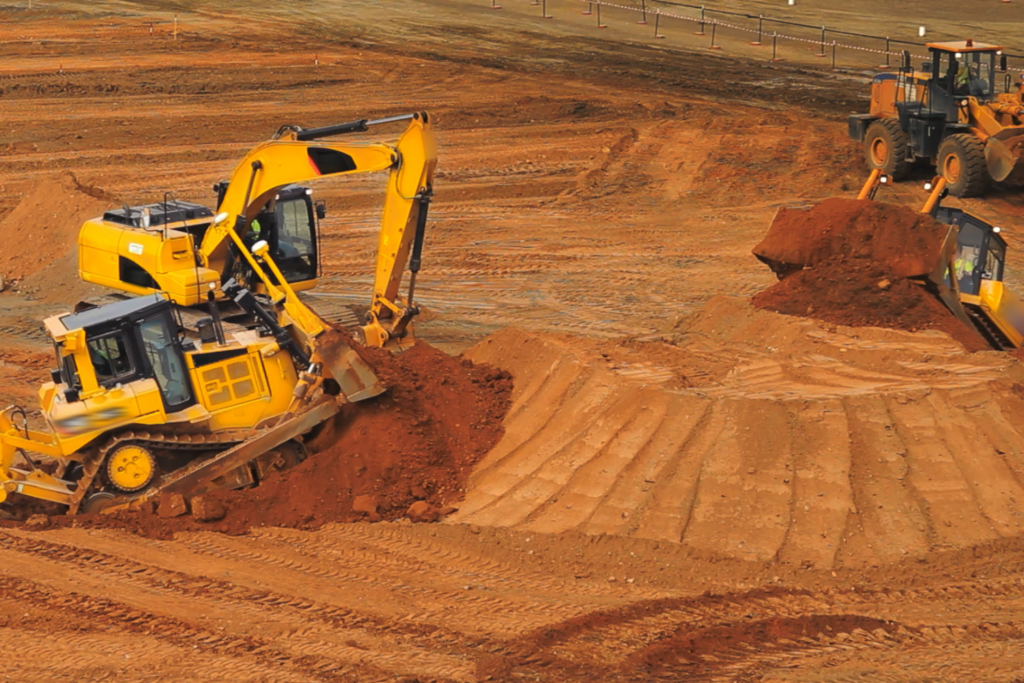Dry Hire vs Wet Hire: What’s The Difference?
Table of Contents

When it comes to hiring equipment or machinery for your project, you might have come across the terms “dry hire” and “wet hire.” These options present different advantages depending on the specific needs of your project, budget, and expertise level. Understanding the difference between dry and wet hire is crucial for making informed decisions that align with your project’s goals. In this blog post, we’ll delve into the distinctions between dry and wet hire, explore their advantages and disadvantages, and provide insights to help you choose the right option for your next project.

Dry Hire: What Is It?
Dry hire refers to the rental of equipment or machinery without an operator or additional services. In essence, you’re renting only the equipment itself. This option is ideal for contractors or businesses that already possess the expertise and qualifications to operate the machinery. Dry hire allows for greater flexibility and control over how and when the equipment is used, making it a popular choice for those with skilled personnel.
Advantages of Dry Hire:
- Cost-Effectiveness: Without the added expense of an operator, dry hire can be more budget-friendly, especially for projects with a tight financial plan.
- Flexibility: You have the freedom to use your own operators, allowing for scheduling and operation adjustments as needed without coordinating with the rental company’s staff.
- Expert Control: Utilizing your own trained personnel means the equipment is operated by individuals familiar with the project’s specific needs and challenges.
Disadvantages of Dry Hire:
- Skill Requirement: A significant level of expertise and training is required to operate specialized machinery, which might not be readily available.
- Additional Responsibilities: You’re responsible for the equipment’s operation, maintenance, and insurance during the hire period, which can add extra layers of management and risk.

Wet Hire: What Is It?
Wet hire, on the other hand, includes the rental of equipment along with a qualified operator and sometimes additional crew members. This package deal ensures that the machinery comes with an expert at the helm, well-versed in operating the equipment safely and efficiently. Wet hire is particularly beneficial for projects that require specialized skills or when the project’s complexity exceeds the in-house team’s expertise.
Advantages of Wet Hire:
- Expertise on Hand: The equipment comes with an experienced operator, ensuring professional handling and operation, which can enhance safety and efficiency.
- Convenience: Wet hire offers a hassle-free solution, as the rental company handles the operation, maintenance, and insurance of the equipment.
- Flexibility and Speed: Having a skilled operator can speed up project timelines and allow for adjustments on-the-fly, based on the operator’s experience and knowledge.
Disadvantages of Wet Hire:
- Higher Costs: The inclusion of an operator and possibly additional staff increases the cost of rental, making wet hire more expensive than dry hire.
- Less Control: You have less direct control over the equipment’s operation, as you’re relying on the rental company’s personnel to execute your project’s specific requirements.

Choosing Between Dry and Wet Hire
The decision between dry and wet hire hinges on several factors, including your project’s scope, budget, and the availability of skilled operators within your team. Here are some considerations to guide your choice:
- Project Complexity and Duration: For complex or long-term projects requiring specialized equipment, wet hire might be the more practical choice, offering expertise and efficiency. Conversely, for simpler or short-term projects where you already have the necessary skills, dry hire could be more economical and flexible.
- Budget Constraints: If budget is a significant concern, dry hire may be the more cost-effective option, provided you have the necessary expertise and resources to manage the equipment.
- Risk Management: Consider which option better aligns with your ability to manage risks associated with equipment operation, maintenance, and insurance.
Conclusion
Understanding the differences between dry and wet hire is fundamental for anyone involved in projects requiring machinery or equipment. By carefully considering your project’s specific needs, budget, and available expertise, you can choose the option that best ensures efficiency, safety, and cost-effectiveness. Whether you opt for the autonomy of dry hire or the comprehensive support of wet hire, making an informed decision will contribute significantly to the success of your project.
About the Author

Beau Moriarty is the dynamic founder and owner of MYBUILD Group, a leading construction company based in Cairns. With expertise spanning custom home renovations, commercial developments, and civil projects, Beau has built a reputation for delivering high-quality, innovative solutions tailored to client needs. Under his leadership, MYBUILD Group excels in creating functional and aesthetically pleasing spaces, supported by a talented team and top-tier contractors. Beau’s dedication to craftsmanship and customer satisfaction ensures that every project, from bathroom makeovers to large-scale builds, meets the highest standards